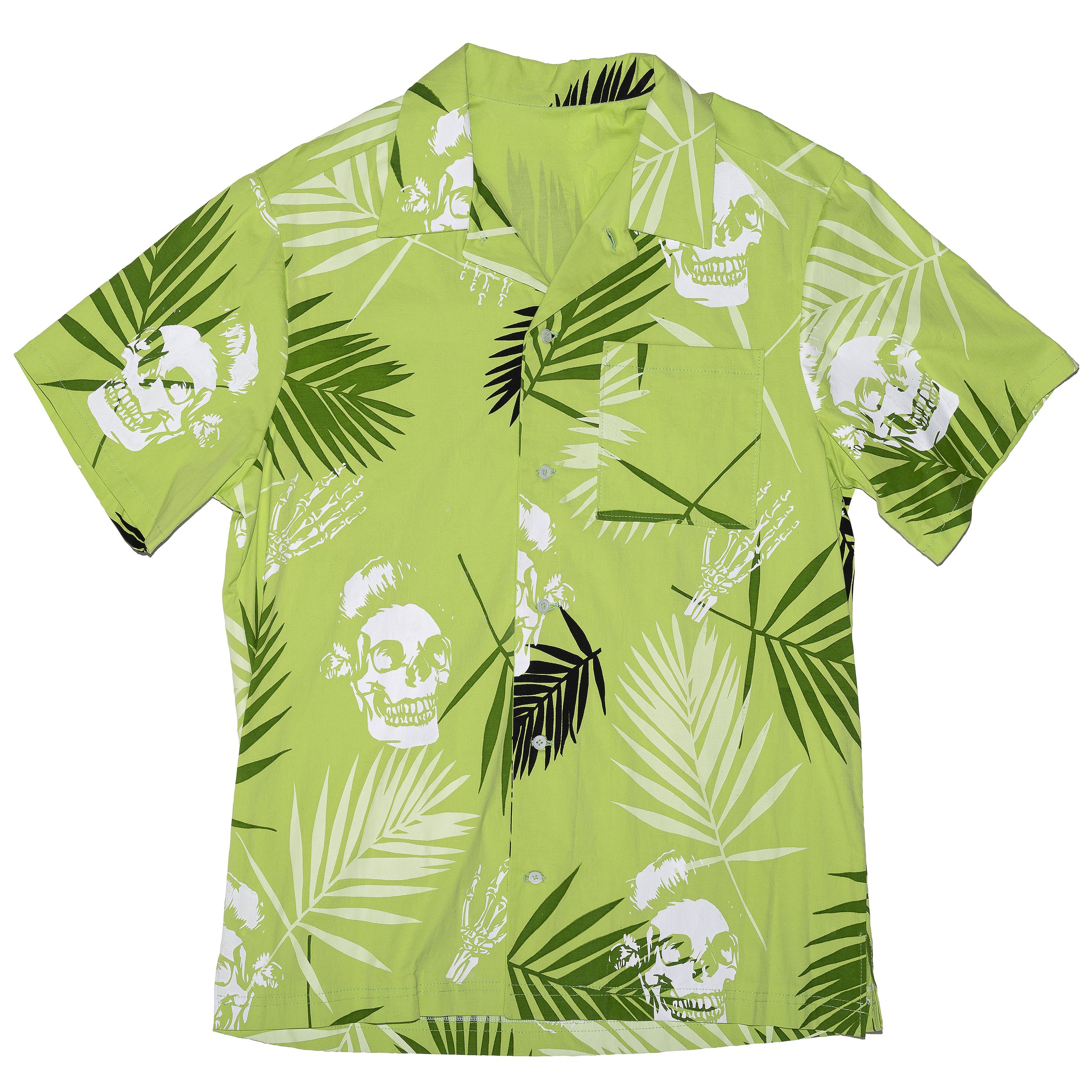Killing Kuki, 2011
On February 14, 1779, Captain James Cook was killed at Kealakekua Bay, in Hawaii. His death has been described as “the founding event of colonial Pacific history”[1]. In Australian Anglo-Saxon folklore he has been mythologized as the founding father of nationhood by solving the mystery of Terra Australis. Cook has been commonly described as a one of the greatest navigators although little recognition is given to Tupaia, the Tahitian high priest navigator who travelled on Cooks voyages.
Artists have been portraying Cooks’ death in Hawaii since news of his demise reached England. In many of these portrayals, Cook is shown as a martyr, killed in his attempt to “civilize” and bring Christianity to the South Pacific. Rarely is mention made of the 17 Hawaiians killed on that same beach, or that the fighting broke out as Cook was attempting to kidnap a Hawaiian chief as retribution for missing supplies[2].
In this series of work “Killing Kuki”, Cooks’ death is once again being represented. Rather than the embodiment of peace and civilization, he is shown as a dying or headless and dismembered figure. I have chosen to retell this mythic story, not on a grand scale, or as an epic adventure on canvas, but rather on the ultimate tourist symbol of leisure; the Hawaiian shirt. My Hawaiian shirts are a contemporary nod to the place of Cooks’ death and comment upon on-going forms of colonization, where indigenous cultures and their sacred cultural icons are transmuted into the kitsch.
[1] Rod Edmond (1997), Representing the South Pacific: Colonial Discourse from Cook to Gauguin, Cambridge University Press, Cambridge, p. 23
[2] For a through description of Cooks’ death see Anne Salmond (2013), The Trial of the Cannibal Dog: Captain Cook in the South Seas, Penguin Books, London, especially “ Chapter 17: Killing Kuki”, pp. 386 – 416.

Death in Hawaii (2009-2011) Hand-painted and home-sewn Hawaiian shirt. Cotton, cotton thread, paint, ink and transfers

Killing Kuki (2011) Hand-printed silk screen print on home-sewn Hawaiian shirt. Cotton, Cotton thread, screen print ink.

Kuki Bones (2011) Hand-printed silk screen print on home-sewn Hawaiian shirt. Cotton, Cotton thread, screen print ink.
